RESURGENT MODERNISM
The Architecture of Namita Singh
 Gautam Bhatia
Gautam Bhatia

 Gautam Bhatia
Gautam Bhatia
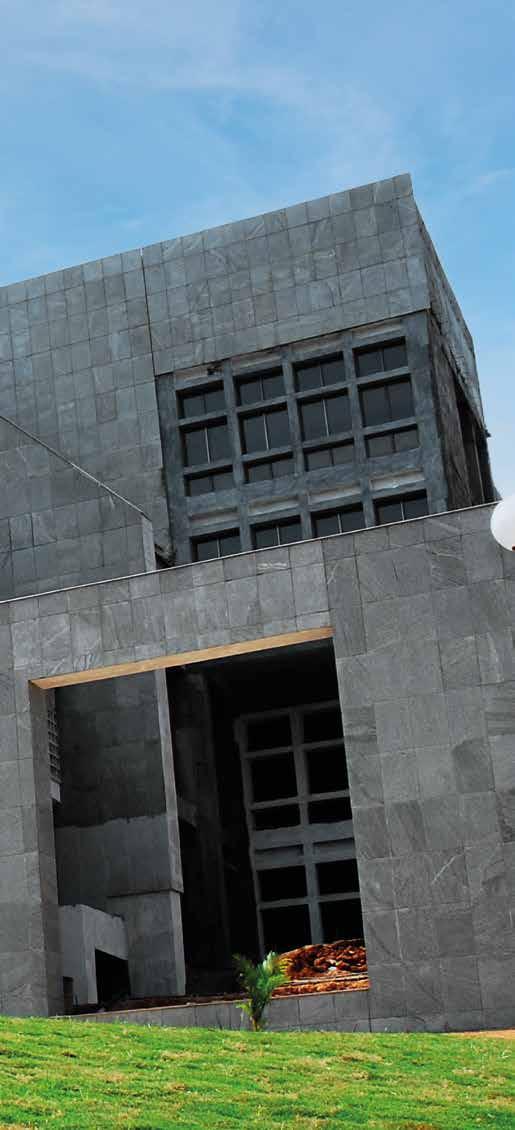
It is a strange and unfortunate paradox that the city of Chandigarh, celebrated as the great experiment in modern architecture, should be remembered only for its association with Le Corbusier. There have been significant sustained professional practices in the city since the seventy years following its inception that have taken architecture into a modern Indian direction.
A book on the works of Namita Singh is long overdue. Her Chandigarh-based practice, has delivered a range of buildings—including educational institutes, offices, commercial projects, housing, heritage and restoration works, private homes and interiors—all across India. While much of her work is in tune with a contemporary modernism, she has always drawn on local values and technologies for its generic expressions. Having set up a practice barely a decade after independence, Namita belongs to the generation of architects who participated in the country’s rapid development, providing a range of infrastructure projects for a society in the making, its institutions and cities.
How does one assess the overall work of a fivedecade-long practice that has succeeded in creating monumental public works but also those of a fine-tuned residential scale, each structure dedicated to a precise ideal, conscious of environment and technology, scope and purpose? Foremost is the inclusion of work that illustrates principles the architect uses to build. Second, projects that clearly demonstrate a conceptual unity to an idea or design as well as those that are part of the stylistic consistency of the firm. The accompanying pictures tell a parallel story and lend value to the breadth of the varied projects presented and of a practice informed by inquiry.
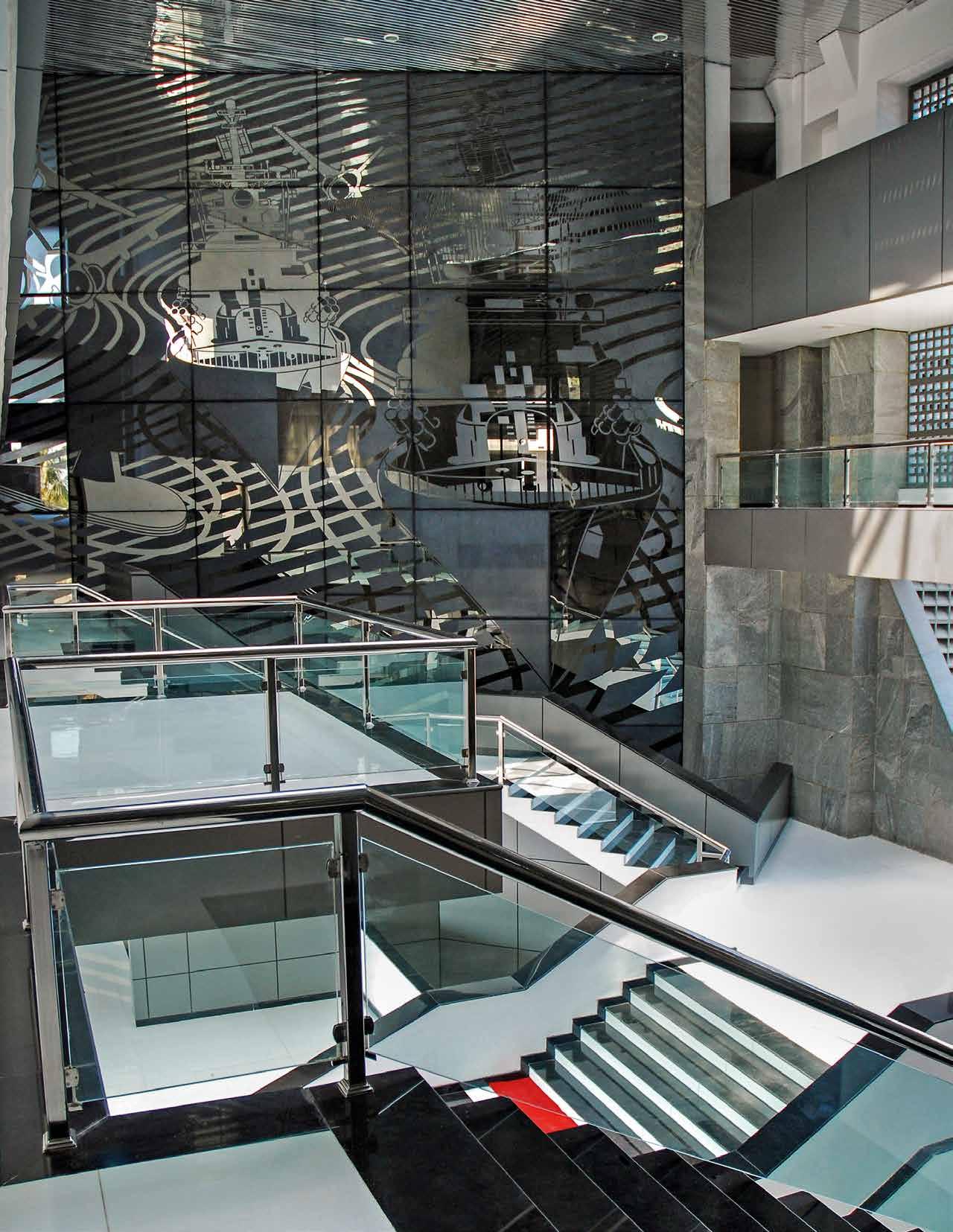
First published in India in 2022 by Mapin Publishing
706 Kaivanna, Panchvati, Ellisbridge Ahmedabad 380006 INDIA
T: +91 79 40 228 228 • F: +91 79 40 228 201
E: mapin@mapinpub.com • www.mapinpub.com
International Distribution North America
ACC Art Books
T: +1 800 252 5231 • F: +1 212 989 3205
E: ussales@accartbooks.com • www.accartbooks.com/us/
United Kingdom, Europe and Asia
John Rule Art Book Distribution
40 Voltaire Road, London SW4 6DH
T: +44 020 7498 0115
E: johnrule@johnrule.co.uk • www.johnrule.co.uk
Rest of the World Mapin Publishing Pvt. Ltd
Text © Gautam Bhatia
Photographs and drawings © Satnam Namita & Associates except those listed below.
SNA Archives: pp. 46–63, 91–97, 103–107, 162–175, 185–191, 206–207, 225–228
Suresh Sharma: pp. 66–79, 80–89, 120–141, 158–159, 177–180, 182–183, 195–205, 217–223
Uttam Chand: pp. 98–99, 111–119, 142–157
All rights reserved under international copyright conventions. No part of this book may be reproduced or transmitted in any form or by any means, electronic or mechanical, including photocopy, recording or any other information storage and retrieval system, without prior permission in writing from the publisher.
The moral rights of Gautam Bhatia as author of this work are asserted.
ISBN: 978-93-94501-01-0
Copyediting: Roshan Kumar Mogali / Mapin Editorial
Proofreading: Marilyn Gore / Mapin Editorial
Editorial Management: Neha Manke / Mapin Editorial
Design: Gopal Limbad / Mapin Design Studio
Production: Mapin Design Studio
Printed in India
Front cover: The library building at the Indian Naval Academy, Ezhimala (See p. 48)
Page 2: The entrance foyer of the headquarters building of the Indian Naval Academy, Ezhimala (See p. 49)
Page 6: A double-height wall with a striking mural in brick, stone and mosaic tiles rendering a three-dimensional illusion at Namita Singh’s Sector 10 residence, Chandigarh (See p. 211)
Page 13: A framed view towards the residential blocks through a brick arch, Sri Dasmesh Academy, Anandpur Sahib (See p. 67, above)
Back cover: PHD Chamber of Commerce and Industry, Chandigarh. The exposed concrete interior of the porch with coffered ceiling and the reflective glass walls of the entrance doors create a dramatic effect. (See p. 203)
Thank you, mama and papa, you made me who I am.

Foreword by Dr. Alka Pande 8
Preface 12 Introduction 15 Practice 22 Projects 40 Institutions 42 Public Works 80 Schools 98 IT and Medical Facilities 120 Heritage Buildings 142 Housing 158 Commerce 182 Namita Singh’s Own Residences 206
Image Credits 229
samatam vasudhayas ca sa samyag upapadayat vaisamyam hi param bhumer asid iti ha nah srutam manvantaresu sarvesu visama jayate mahi ujjahara tato vainyah silajalan samantatah
[...] and he perfectly accomplished the evenness of the earth; we heard that, in fact, the earth was supremely uneven. In all the manvantaras, the earth is born uneven; therefore Vainya (Prithu) uprooted the rock-webs from all sides.
Mahabharata: Santiparvan
I feel I would be limiting Namita Singh if I describe her as an architect. She is an artist of architecture. The buildings she creates are jewels of art, craft and design. From the north of India to its south, Namita has worked with a rare eclectic sensibility of the modern where traditional Indian aesthetics finds a comfortable home in the land of formally structured modernism.
Born in the medieval town of Firozpur on the banks of the Sutlej River, into a traditional Punjabi household, Namita was a child of post-independent India. She grew up in the modern city of Chandigarh, designed by the Swiss-French architect Le Corbusier. Chandigarh as a city is a prime example of the Nehruvian vision of modernity of a freshly independent India. It was while growing up amid the Corbusian architecture, with its Brutalist sensibility, that Namita imbibed her own architectural aesthetics. Corbusier and other modern architects followed the Brutalist architectural philosophy, of exposed bricks and minimal construction and one devoid
of over-ornamentation. Chandigarh, an apt example of the essence of modernism, shaped Namita’s language. She became very much aware of global architectural style and design when she ventured into the field. The internationalism and cosmopolitanism of the contemporary also added to shaping her aesthetic sensibility. This is mirrored in her architectural design and style.
Against the rising economic opportunities and political makeovers of the developing nation, Namita has seen the exponential growth of liberal markets in the globalized world. It gave her the prospect of marking the shifts in architectural thinking and ushering in the new trends. The reason her architecturally designed buildings are riveting and deeply engaging is that she personifies the extreme creative feminine. Like the epigraph talks of the evenness of the planet earth to make its habitat friendly, Namita is akin to the Vishwakarma, or the maker of all, who converses with every aspect of architecture, be it materiality, design or aesthetics. To highlight the modern contemporary sensibility of hers, local materials and landscape are very much part of her architectural philosophy. Through her inclusive and organic practice, she has created works in a holistic manner with reinforced concrete, cement, glass and exposed red bricks. She is taking the legacy of modernity to another level.
Namita has designed a range of educational institutes, public works, institutions for public facility and research, heritage buildings, housing complexes and commercial sites across the country. Amongst the many projects Namita has created, I am taking three landmark buildings that help me critique and bring clarity to my thoughts about the vast expanse of her oeuvre. The first is Sri Dasmesh Academy at Anandpur Sahib in Punjab, the second is the Indian Naval Academy at Ezhimala in Kerala and the third is her private home in her karma bhoomi, or place of work, Chandigarh.
Sri Dasmesh Academy was her first major project emanating from the SNA studio. In designing the residential school, Namita experimented with taking the built environment to the outside and merging it with the natural landscape to bring the beauty of the outdoors indoors. She opened up her design to bring nature and buildings into an organic structure where ecology whispered sweet nothings to the bricks of the building. The rural residential school takes into account the rugged terrain of the landscape and integrates it into its building structure. The ubiquitous gullies of Punjab found their presence in the architecture of the building to acquaint the students with the local landscape of their inhabitancy. Namita finds a balance between the traditional knowledge systems available, be it landscape, material or design, and innovative architectural techniques to create an edifice that is one step closer to the home while offering a new experience.
What is the place of architecture in a post-pandemic world? It is perhaps indicative of the current state of cities, the regard for the environment, the effects of climate change and the changing character of civic reality that architecture is caught like a rat in an overflowing drain. The sanctified view of architecture as a private settled place is disturbed in a world surrounded by epidemics, overpopulation and other amplified problems. To remain entirely unaffected or completely submerged gives an altogether insignificant logic to its presence. The making of places is doubtless influenced by the social, cultural and political forces of time and can be seen in many obvious readings of buildings.
Do green walls and vertical plantings signify an environmental conservation? Do high rises suggest increasingly dense living? Are mud structures a return to an earthy organicism? The significant assembly of such variations allows us to understand the multitude of forces that affect daily life. What then is the value of architectural writing beyond informing of the change that buildings and design make visible? Are private professionals similarly informed by ideas through the course of their practice?
A book on private work gives value in the breadth of the varied projects presented—work informed by inquiry and a life well lived. What then is the inherent value of including architectural work, unless it illuminates an idea? First, and foremost, is the inclusion of only work that illustrates principles the architect uses to build. Second, projects that clearly demonstrate a conceptual unity to an idea or design as well as those that are part of the stylistic consistency of the firm. In the past, the concerns for context and history took on a particular colour in arguments that defy existing modes. The work of writing is not meant to embark on a message of originality or provide subjective deviations into self-generated forms. The accompanying pictures tell a parallel story and leave such inferences to the viewer.
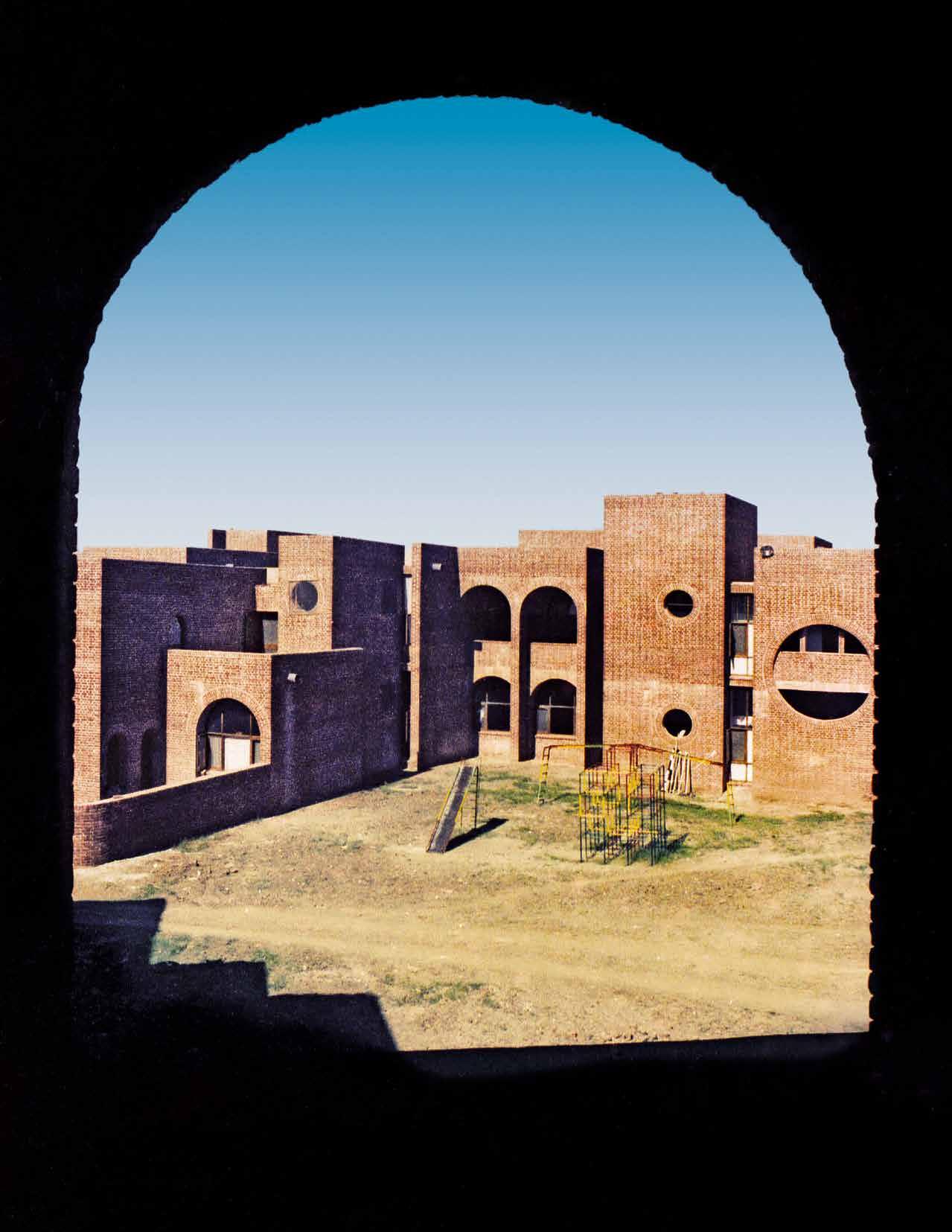
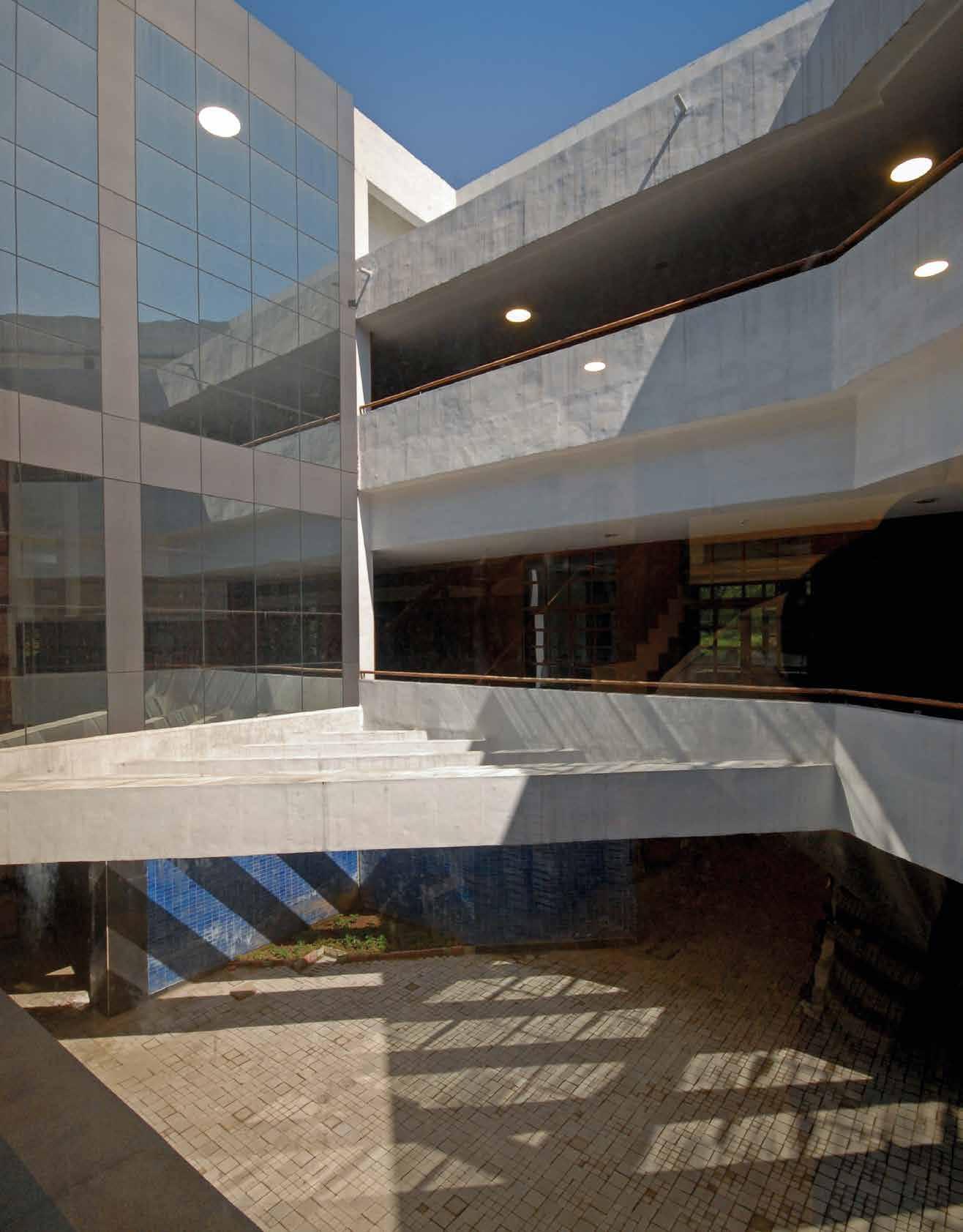
It is a strange and unfortunate paradox that the city of Chandigarh— celebrated as the great experiment in modern architecture— should be remembered only for its association with Le Corbusier. In the sixty years since its inception, little of enduring architectural value has been built there that gives the place and idea a sense of community and continuity. The question needs to be asked: Have there been significant sustained professional practices in the city since then that have taken architecture into a modern Indian direction?
A book on the works of Namita Singh is long overdue. Her Chandigarh-based practice has delivered a range of buildings— including educational institutes, offices, commercial projects, housing, heritage and restoration works, private homes and interiors—all across India. While Chandigarh has remained her home base, and much of her work is in tune with a contemporary modernism, she has always drawn on local values and technologies for its generic expressions. It need hardly be stated that larger institutional and campus projects designed by Namita have been carefully and deliberately organized into precise hierarchies of axes and local symmetries. This is especially so in the vast and open landscape agglomerations at the Indian Naval Academy, Ezhimala—a vacant coastal site without significant features or orienting possibilities. An arena substantially different from the flat terrain of Chandigarh. In other institutional projects around Punjab, buildings and land have converged in vastly differing asymmetries set up to organize functions. The response to each site has in fact been unselfconscious, diverse and emerging naturally from local conditions, materials and available technologies. And as with firms conversant with wildly differing regions, Namita too
facing page
Double-height court in the interior of the Punjab and Haryana High Court, Chandigarh (Also see p. xx)
For many architects there appears to be an obsessive need to rationalize their design in academic terms, and apply some universally acceptable yardstick to their building. Building becomes architecture only on the pretence of adequate scholastic justification. Those who fail to articulate their position, however good their work, tend to fall between the cracks. It is hard to distil a single continuous thread of architectural approach in Namita Singh’s practice. Partly the absence of a simplistic, visible and singularly narrow path is due to the wide range of complex programmatic requirements handled by her, each with its own theme and central ideal, each positioned and poised in a precise studied landscape. Much of the work is locational and born of spatial briefs that avoid the spectacular and the deliberately melodramatic. The concern for space directly addresses requirements, but does so only to stimulate the function and treat the architecture as an integration of materials, textures and light in transformed space. The value of architecture then focuses on the pragmatic resolution of demands and a skilful translation into a cohesive entity. When scales are varied and sites unique, the diversity of building types ensures that the firm remains flexible and meets aspirations from a wide range of economic and social classes. Whether commercial structures such as banks or malls, or housing for the staff of a school, or indeed the formal layout of a military academy, the design endeavour was always performed with the same searching consistency, a practical problem-solving and eventually an expression varying in material and style. What emerge in the end are surprising assemblies that carefully combine form, colour, proportion and texture with multiple features of space. Wherever possible, the often austere and despotic language of modernism acquires a more humane edge.
Such a practice developed over time, and often after careful study and scrutiny of prevailing conditions. Architecture was a matter of building, and doing so without fuss or excessive deliberation, Namita’s work grew quickly in the seventies from local Chandigarh commissions that conformed to the city’s public aesthetic regulations to those deeper in rural Punjab where more liberal
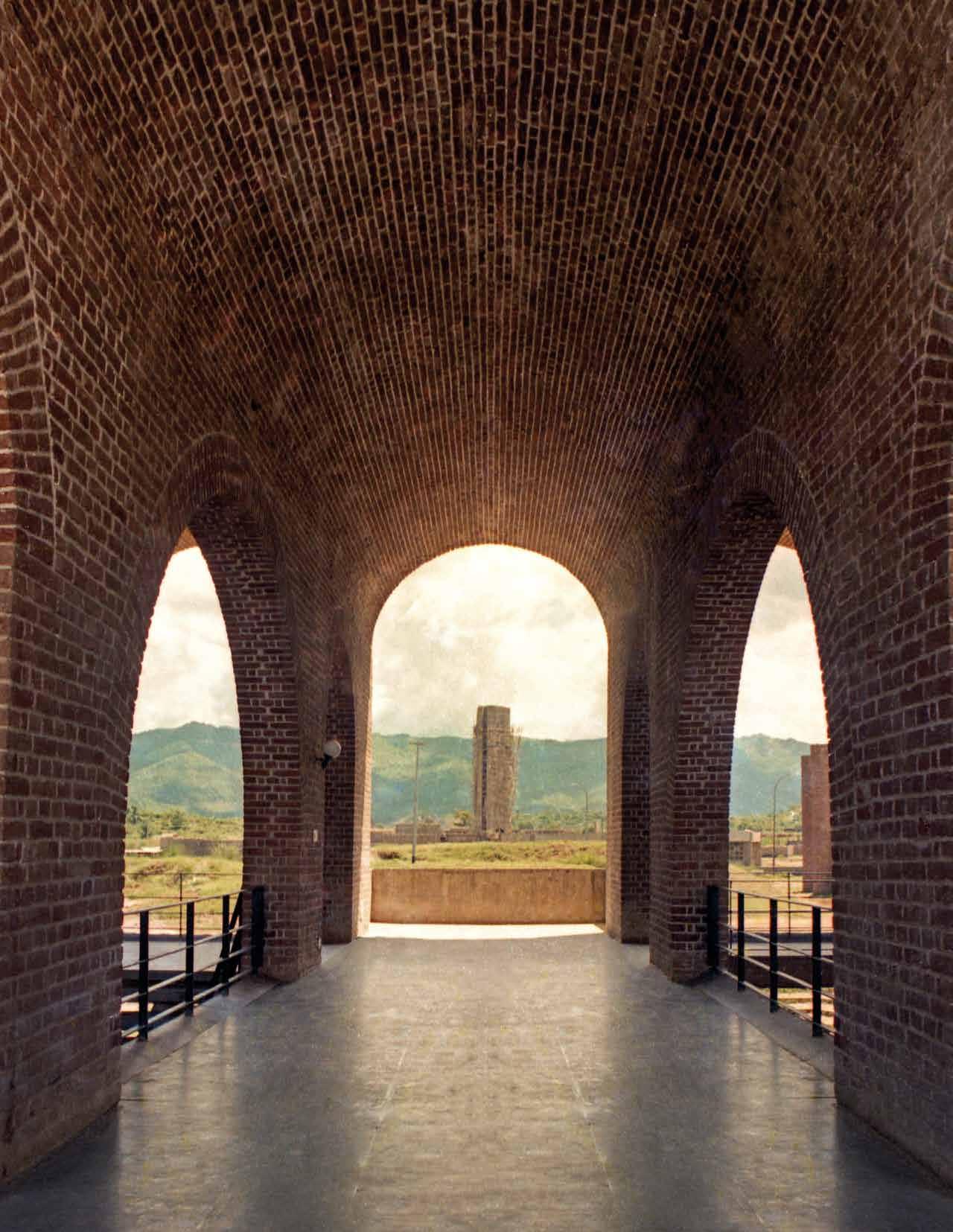


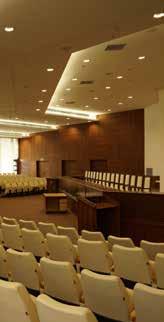
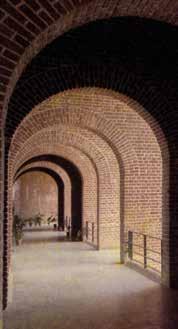
Image pending
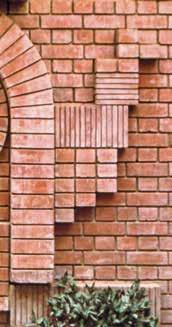

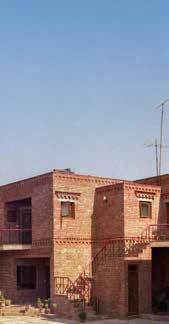

 Institutions The Indian Naval Academy, Ezhimala Sri Dasmesh Academy, Anandpur Sahib
New Academic Block for Punjab Engineering College, Chandigarh
Institutions The Indian Naval Academy, Ezhimala Sri Dasmesh Academy, Anandpur Sahib
New Academic Block for Punjab Engineering College, Chandigarh
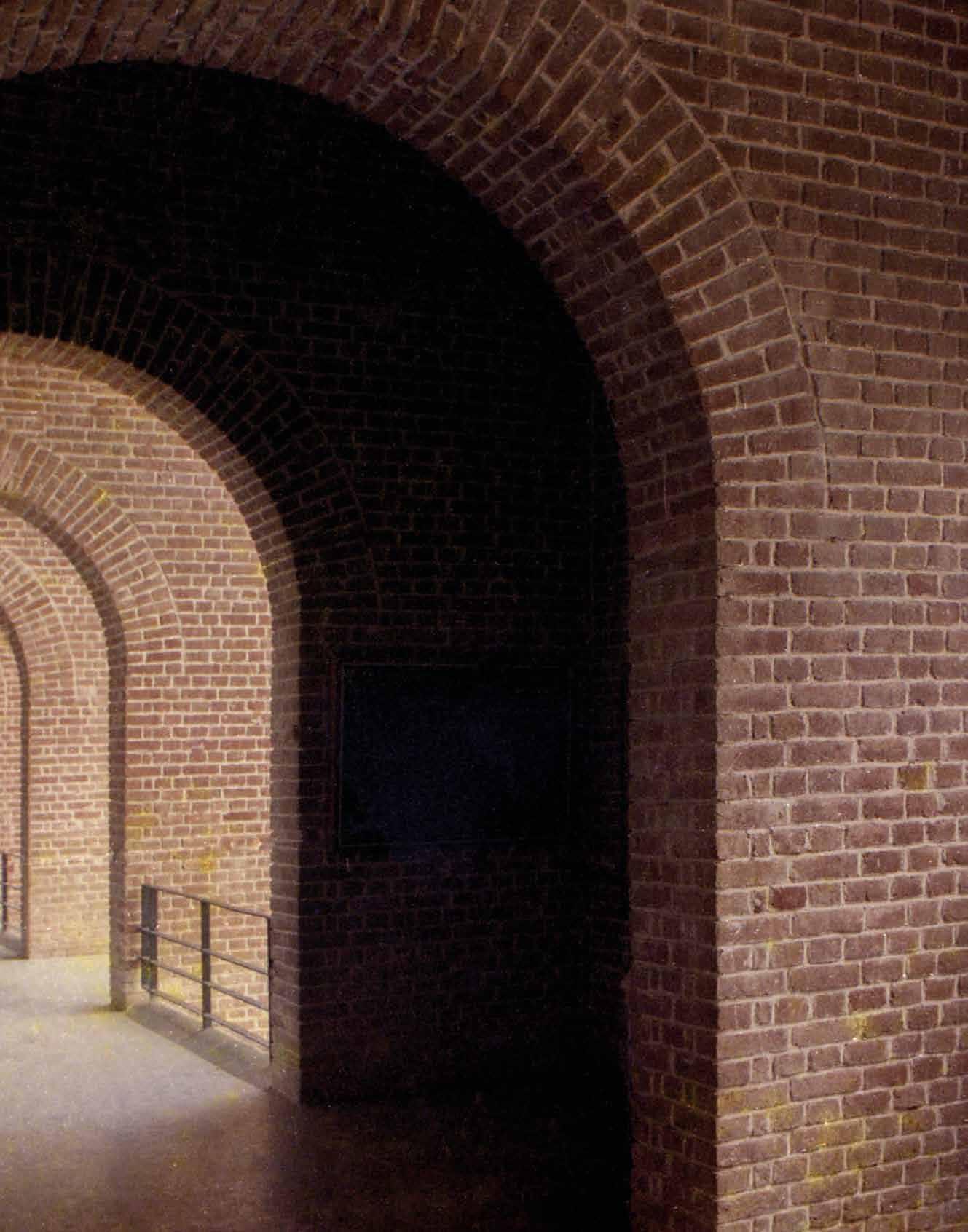
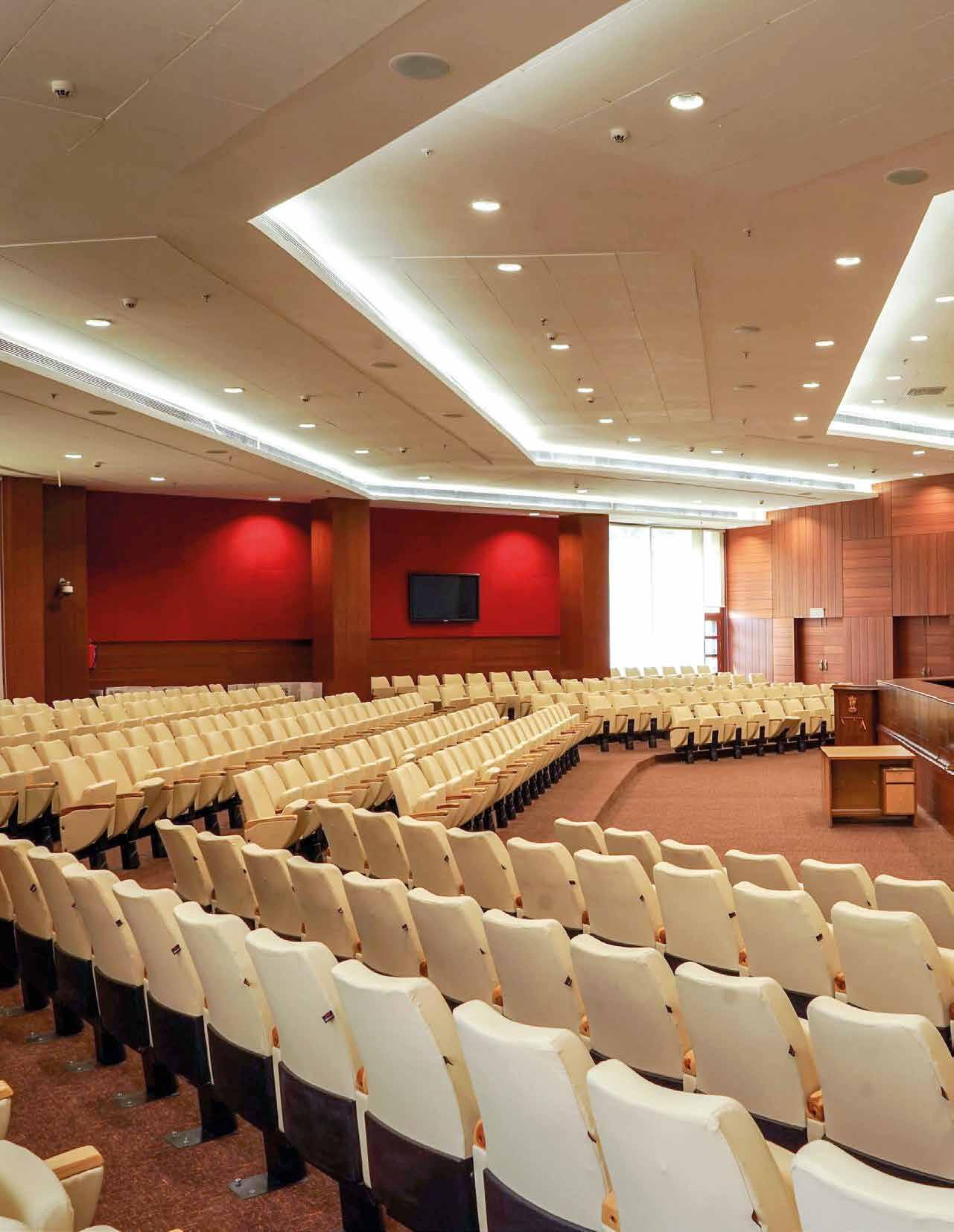
Library, Auditorium and Conference Hall for the Punjab and Haryana High Court, Chandigarh
Revitalization of the Punjab and Haryana High Court, Chandigarh (Proposal)
Congress Bhawan, Chandigarh

 Schools Junior Wing for Yadavindra Public School, Patiala Welham Girls’ School, Dehradun
Schools Junior Wing for Yadavindra Public School, Patiala Welham Girls’ School, Dehradun
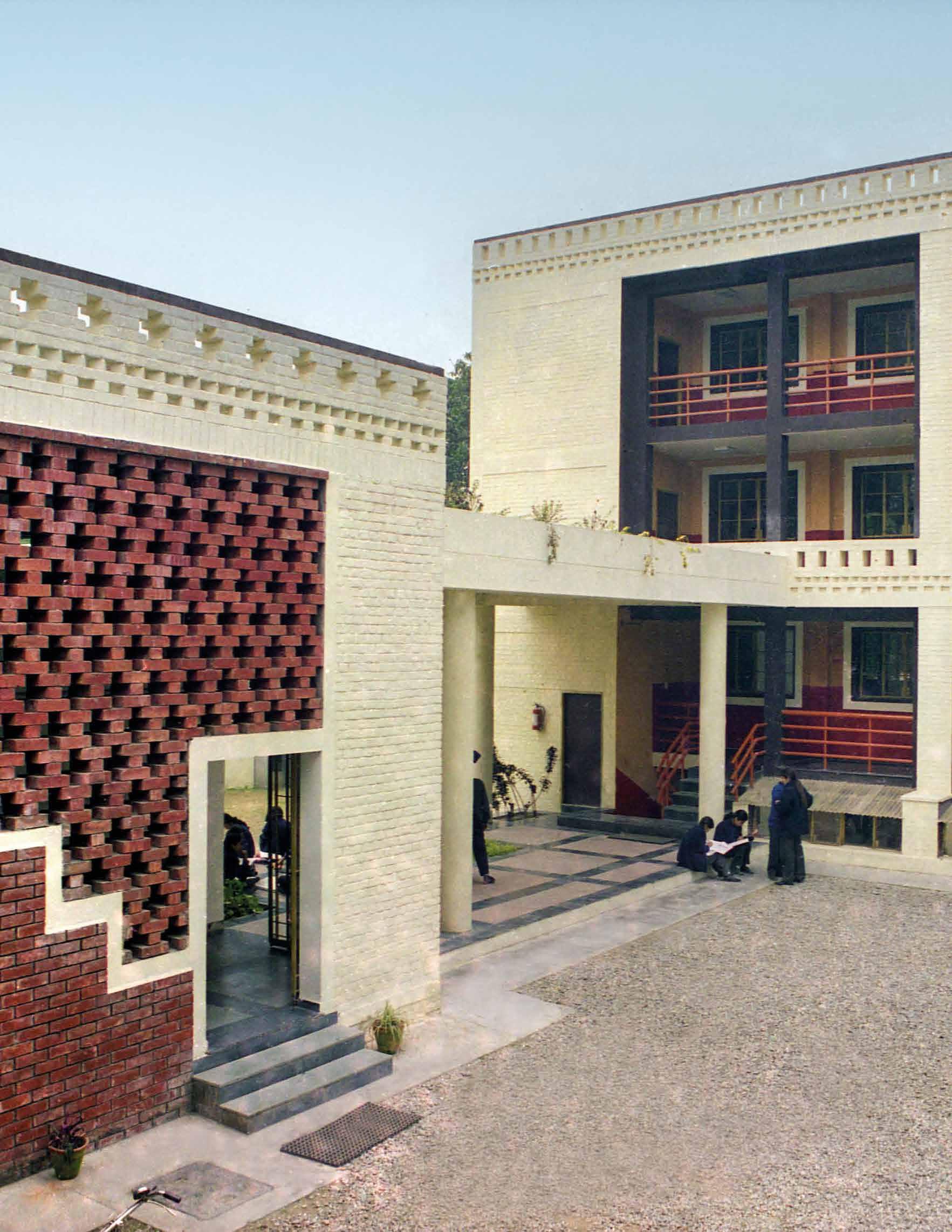

Advanced Cardiac Centre at the PGIMER, Chandigarh
INHS Asvini, Colaba

 The Kasauli Club, Kasauli
The Kasauli Club, Kasauli
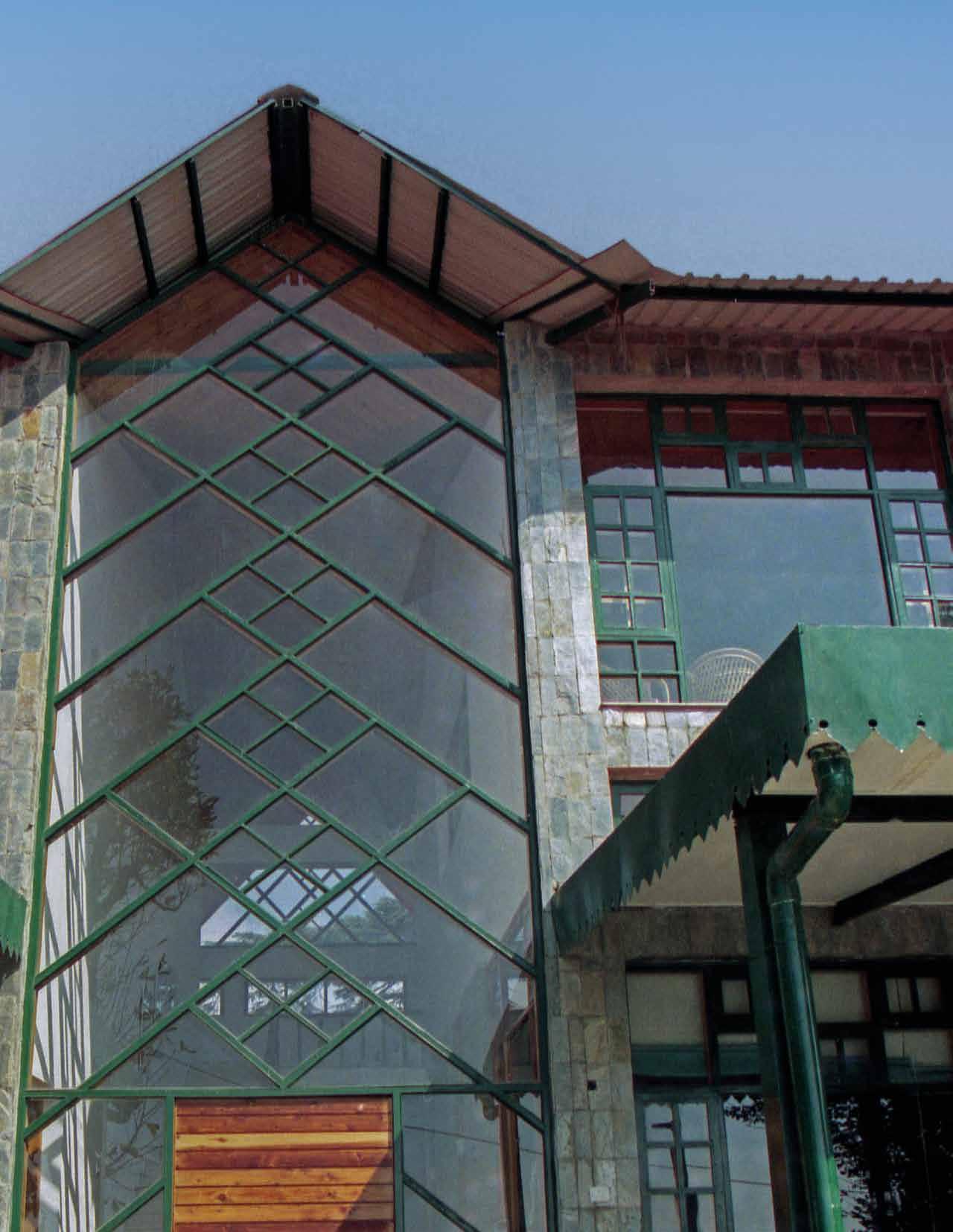

VST Housing, Hyderabad
The IDBI Residential Complex, Chandigarh
Staff Housing for Yadavindra Public School, Patiala
Hostel Extensions for Punjab Engineering College, Chandigarh

 Commerce Punjab & Sind Bank, Chandigarh Art Folio, Chandigarh Adarsh Lifestyle Mall, Chandigarh PHD Chamber of Commerce and Industry, Chandigarh
Commerce Punjab & Sind Bank, Chandigarh Art Folio, Chandigarh Adarsh Lifestyle Mall, Chandigarh PHD Chamber of Commerce and Industry, Chandigarh
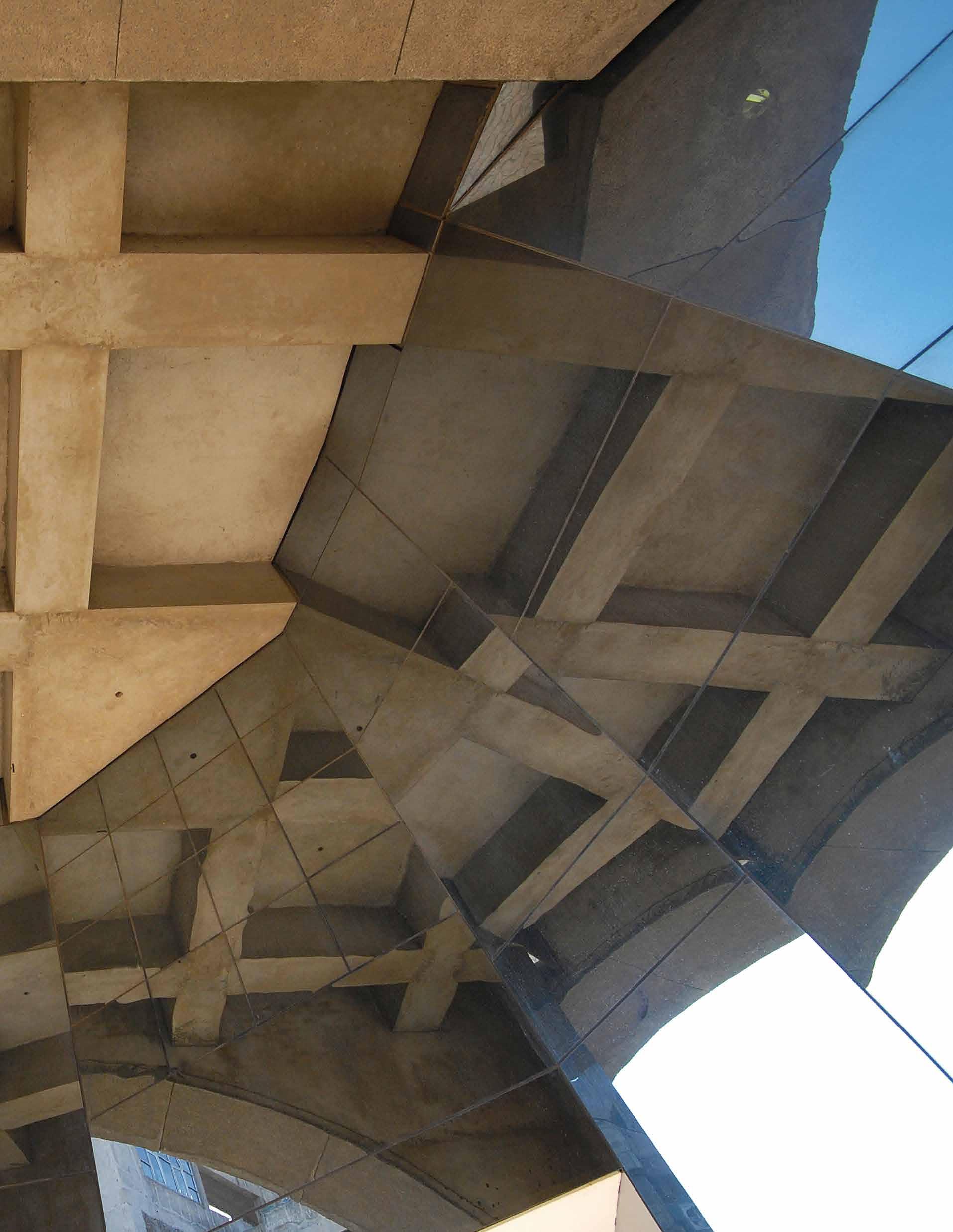
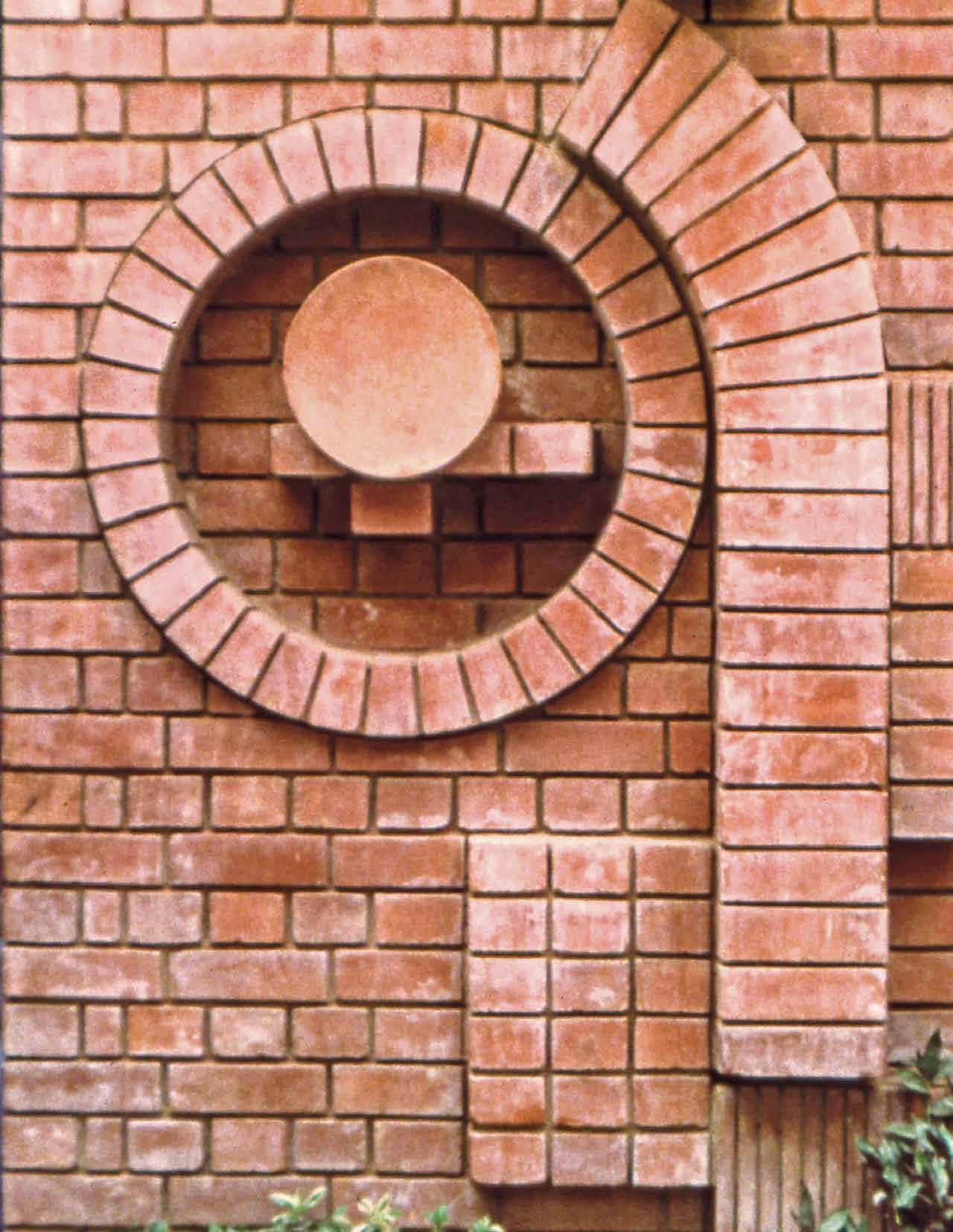
Namita Singh’s Residence, Chandigarh (Sector 10)
Namita Singh’s Residence, Kasauli
Namita Singh’s Residence, Chandigarh (Sector 15)
 Namita Singh’s Residence, Chandigarh (Sector 15)
Namita Singh’s Residence, Chandigarh (Sector 15)
In a structure clearly defined by civic regulations of material application and design, the house is conditioned to create surprising spaces of enclosure and exposure. No structural grid of columns is used to limit the expansive geometry of the plan. Instead, a bearing wall structure is employed to welcome or restrict entry; it leads the resident in a frontal flow deep into the house. A walled architecture is carefully manipulated to expose the frontage of the concrete porch, the living and the dining to the garden, while a more introverted set of bedrooms attaches like cells along its edges, their privacy of paramount importance. In the scheme, the value of the bearing wall—its sporadic confinement or sudden absence— becomes the space-defining medium of the house.
Within the simplified linearity of the walled plan are built in complexities: a front concrete porch extension gives public access into the composition and is balanced diagonally by a similar extension into a similar rear porch—forming a family courtyard with approaches from the guest areas. Storage is built as a mere thickening of the wall into cupboards, while a study isolates upstairs to its open private terrace. The spread of the house is carefully planned to indicate a private life lived in close proximity to the surrounding landscape. The careful correlation between the family lounge, master bedroom and guest area only reveals a domestic life that oscillates easily indoors and outdoors, depending on season and time of day.
